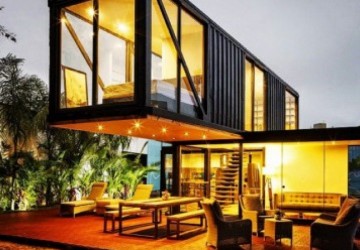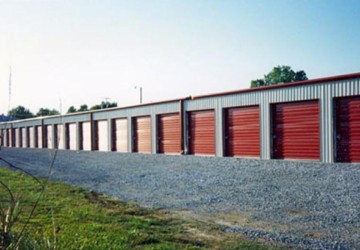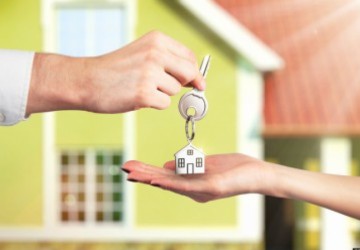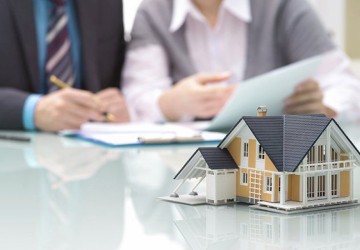
An eco-friendly or green home is one that has been built or modified to use energy and/or water more efficiently than a conventional home. They may include some or all of the following features:
- A renewable energy source, most commonly solar panels
- Composting toilet
- Natural materials, like wool insulation, organic paints or sustainably produced timber used in the construction
- Some of the materials used in the construction may also be recycled
- Energy Star Appliances
- A green roof
- Use of passive heating
Many eco-friendly homes will have LEED certification. LEED, which
stands for Leadership in Energy and Environmental Design, is a rating
system developed by the US Green Building Council. Developers and
homeowners can earn LEED certification by designing or renovating a
building to have as many green qualities as possible.
What are the advantages of an eco-friendly home?
A big advantage of an eco-friendly home is lower energy bills. Energy
Star appliances are certified as such because they typically use 20 to
30 percent less energy than the federal standards require – and that is
just the beginning.
A full-blown Passive House allegedly cuts
energy bills by 60 to 80 percent. In this design, the focus is on
insulation and air quality. Superior insulation keeps the Passive House
utterly airtight. A house designed to have no leaks is one that is not
going to waste energy on cooling or heating.
Eco-friendly
buildings are also better for the environment than are conventional
buildings. The sun is a much cleaner energy source than is coal or
natural gas, so a house with solar panels on it is doing much less harm
to the environment than a house using fossil fuels.
An
eco-friendly home is also better for the owner’s health. Things that
harm the environment can also harm people. For instance, conventional
paints emit VOCs (volatile organic compounds) which are gases given off
while the paint is being used. This may not be a problem outside, but it
can contribute to indoor air pollution. VOCs that accumulate indoors
can irritate people’s eyes, noses and throats. They can also damage the
nervous system, liver and kidneys. Organic paints, by contrast, don’t
emit VOCs and therefore don’t harm people’s health.
Eco-friendly
homes also offer financial advantages. While they may be initially more
expensive than conventional homes, they are less expensive to run.
Because of their desirability, they sell well and therefore have a
higher resale value than do conventional homes.
-
 07/25/2024 4
07/25/2024 4 -
 07/23/2024 8
07/23/2024 8 -
 05/31/2024 100
05/31/2024 100 -
 09/05/2022 627
09/05/2022 627 -
 09/05/2022 665
09/05/2022 665 -
 09/05/2022 787
09/05/2022 787 -
 09/05/2022 654
09/05/2022 654 -
 09/05/2022 634
09/05/2022 634
-
 12/09/2016 5719
12/09/2016 5719 -
 03/22/2018 2868
03/22/2018 2868 -
 10/10/2016 2852
10/10/2016 2852 -
 01/09/2017 2766
01/09/2017 2766 -
 01/13/2017 2381
01/13/2017 2381 -
 01/13/2017 2378
01/13/2017 2378 -
 01/14/2017 2211
01/14/2017 2211 -
 11/01/2016 2178
11/01/2016 2178
FEATURED NEWS

Personal Finance

Personal Finance

Managed Funds

Insurance

Business






LEAVE A COMMENT